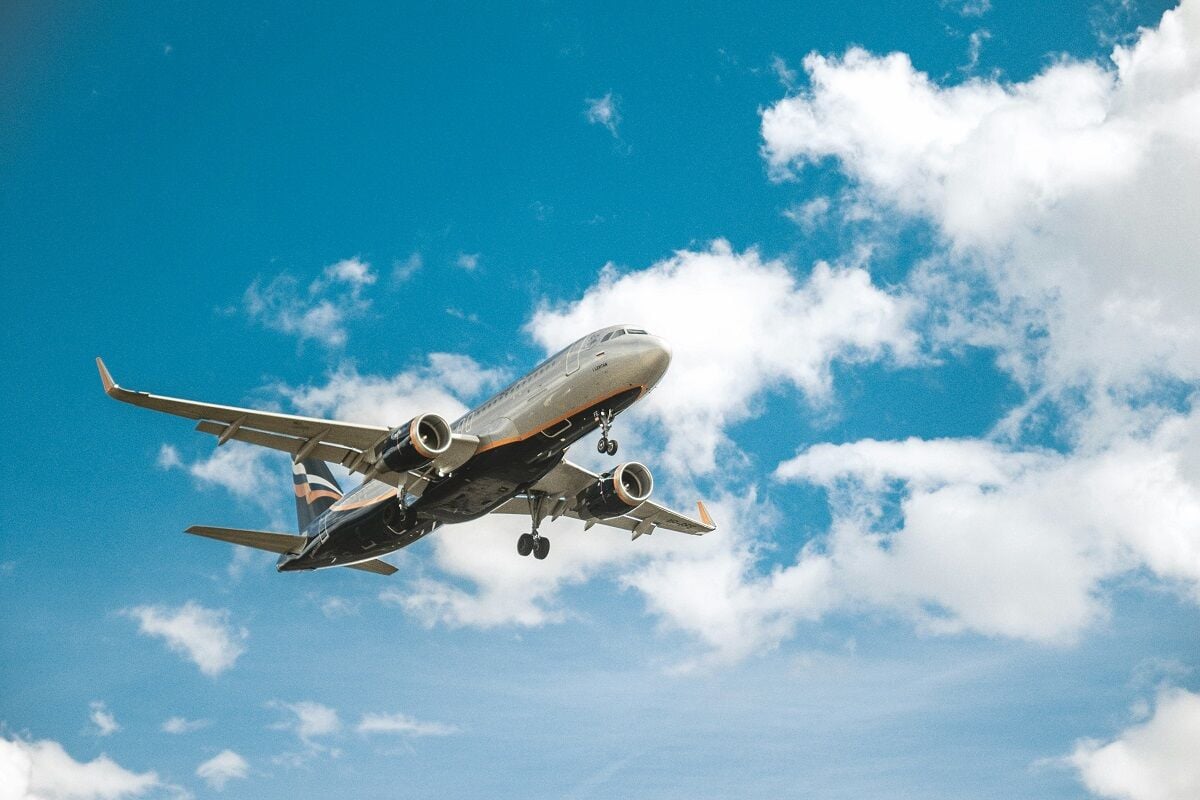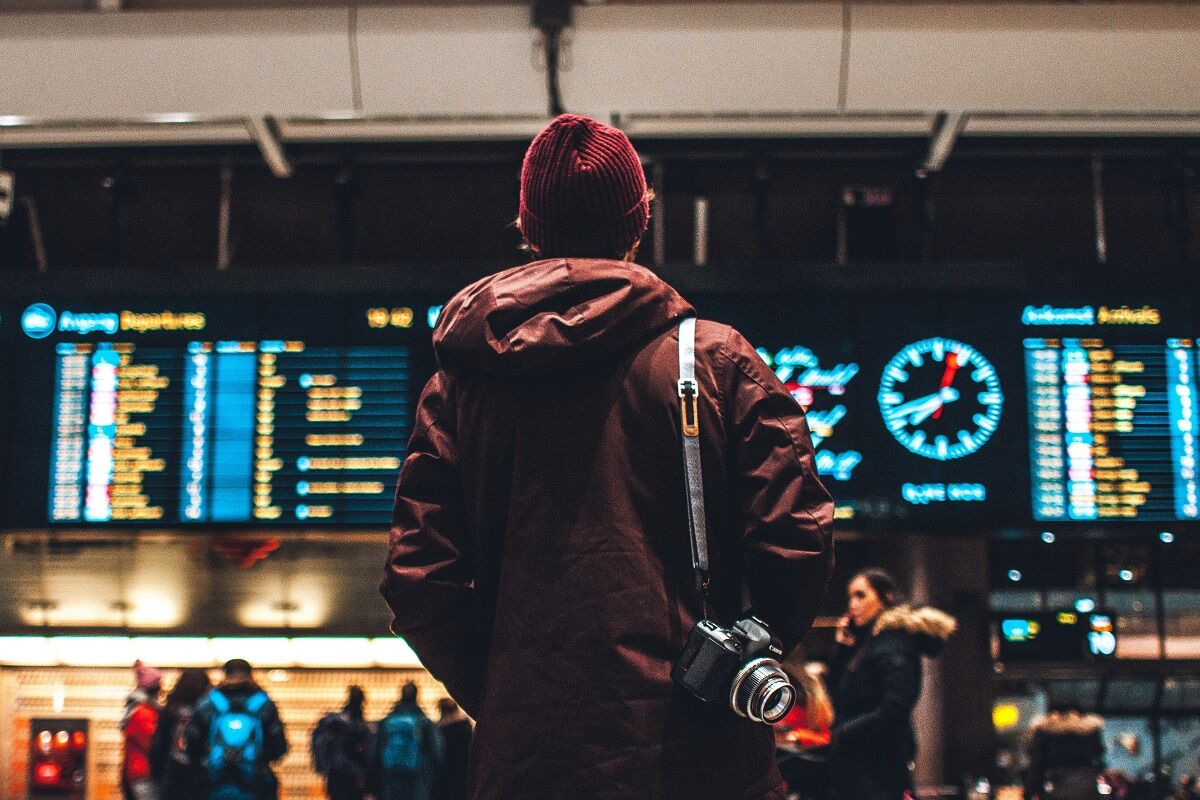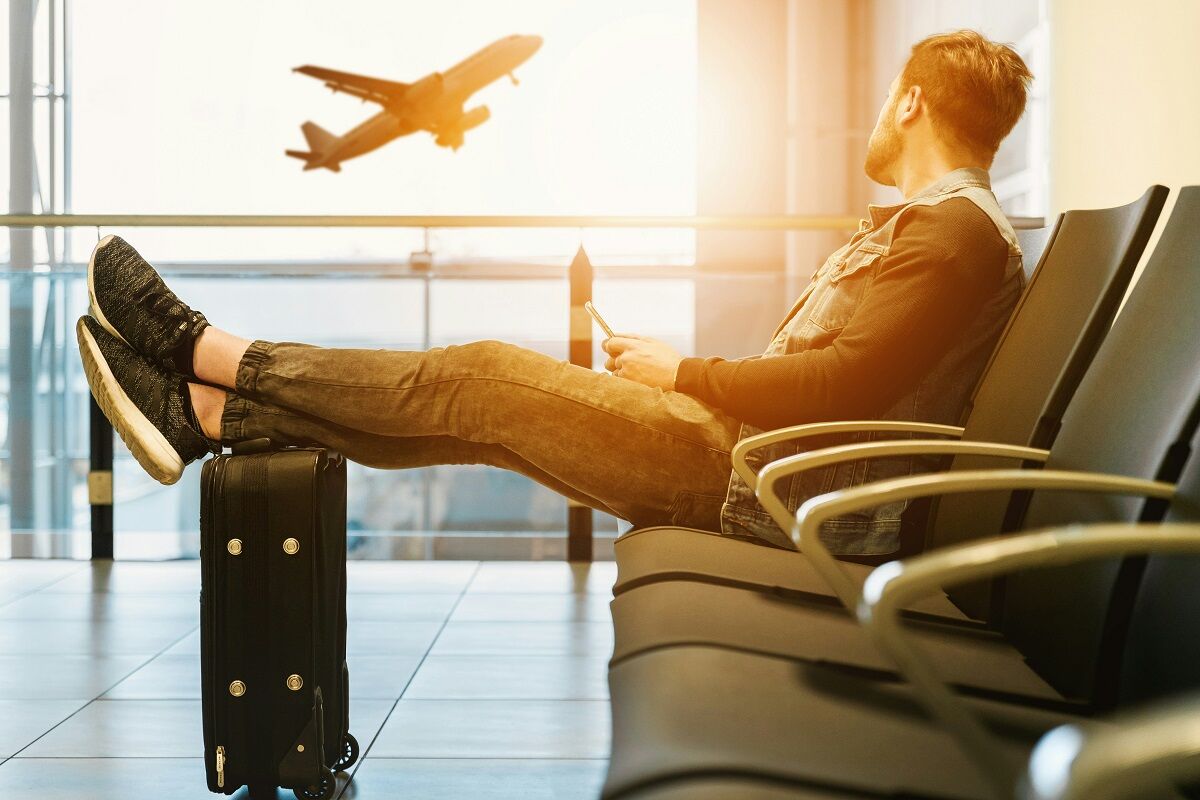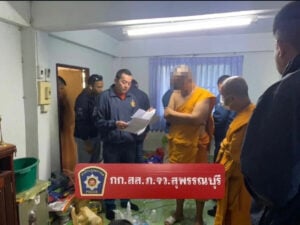First-time flyer’s guide to navigating Thailand’s airports

Navigating an unknown airport can prove to be a daunting task, especially during an initial trip. Rest assured, that guidance is readily available. For those poised to undertake their first journey to Thailand, there exist several important factors to deliberate on before departure from the airport.
From arranging conveyance at Suvarnabhumi Airport to optimising the use of layovers, acquiring a thorough perspective of airport procedures can dramatically improve the smoothness of your journey. The objective encompasses more than merely traversing from one area to another; it consists of experiencing pleasure throughout the entire journey.
Additionally, eschewing excessive baggage costs and a thorough comprehension of luggage regulations are vital. These guidelines could potentially shield you from unexpected circumstances. Therefore, prepare to fasten your seatbelts as we traverse the fundamentals of landing in Thailand for the initial time.
Preparing for your flight
Embarking on your maiden flight to Thailand can be an exciting challenge. This section of the guide aims to ease your worries as a first-time flyer in Thailand by detailing information on booking your tickets, ensuring you have the necessary travel documentation, and packing essential items.
Booking your tickets

Embarking on your journey begins with securing a flight ticket. Initiate your research to decide on the preferred destination and the convenient date of travel. Make judicious use of online travel apps or airline websites to scour for competitive fares—not necessarily during weekends or holidays. A choice between one-way and round-trip tickets hinges on the duration and objective of your stay. While one-way tickets are suitable for prolonged stays without a return date, round-trip tickets fall into place when your return is certain.
Necessary travel documentation
Suitable paperwork ensures a hassle-free airport experience. These essential documents include a passport with a validity of 6 months from the travel date, a corresponding travel visa, a national ID, and necessary health vaccines, particularly for yellow fever and COVID-19. Stay informed on the specific requirements of your destination by conducting an online check beforehand. In case of emergencies or flight cancellations, having travel insurance in place pays off. Keep information such as flight ticket details, and accommodation reservations handy for easy accessibility.
Packing essential items
Packing smartly facilitates a smoother travel experience. Get familiar with specific size and weight limitations for checked and carry-on luggage based on individual airline policies. Start with the essentials like travel documents and confidently move on to other necessities while avoiding overpacking. Prepare for unpredictable situations by keeping an extra printed copy of your documents.
Before departing
Ensuring a seamless flight experience begins with preparations before reaching the airport. Especially for first-time flyers in Thailand, successful navigation through check-in and luggage handling procedures can contribute significantly to a hassle-free journey.
Online check-in process

In the era of digitalization, passengers opt to confirm their presence for a flight through an online check-in process. It’s completed via the airline’s website or mobile app, making the beginning of your trip stress-free. Online check-in usually becomes available at least 24 hours before the flight. So, ensure you check your airline’s policies in this regard. By doing so, you bypass airport lines and potentially avoid any charges for printing your boarding pass at the terminal.
Handling luggage regulations
Correct packing and adhering to luggage regulations also form crucial aspects of flight planning. Airlines have explicit rules, especially regarding the weight and size of luggage. Consequently, you’ll need to familiarize yourself with your airline’s luggage requirements available on their website. Remember, there are two types of luggage: checked-in luggage, which is stored in the cargo hold, and carry-on luggage, which you can take onboard. Nonadherence to these rules might incur penalties, affecting your travel budget and experience.
In retrospect, having a proactive approach to understanding the online check-in process and handling luggage regulations can be instrumental for first-time flyers in Thailand, or elsewhere.
Arrival at the airport
In this section, you’ll delve into navigating Thai airports and understanding security and customs guidelines. These insights aim to make your experience as a first-time flyer to Thailand smooth and hassle-free.
Navigating Thai airports
Navigating Thai airports might appear daunting at first, but with a few handy tips, it becomes a cakewalk. Check your flight status data estimate arrival time, and plan for contingencies like unexpected traffic delays or elongated security lines. Get to the airport at least two hours before domestic flights and three hours before international flights, managing check-in, security, and boarding processes comfortably.
To reach the airport, you could opt for Grab, billed as Asia’s version of Uber, accepting credit card payments and advanced bookings. Alternatively, taxi services from the official taxi kiosks outside Suvarnabhumi on level 1 make for an excellent choice. Just beware of unsolicited taxi offers in the baggage claim area; using official channels ensures your journey is smooth and safe.
For layovers, consider signing up for sightseeing tours arranged at the arrivals level tour desk, allowing you to store your luggage securely on the second floor.
Security and customs guidelines
Your journey through the airport implies your luggage undergoes close inspection for safety. Meticulous understanding of your airline luggage guide will streamline this process. The primary classification of your baggage is Checked-in luggage, carried in the plane’s cargo hold, and Carry-on luggage, which you take on board.
Before heading to the screening area, conforming to the 3-4 ounces limitation for liquids in a clear quarts-sized bag stands critical. Empty your pockets, get rid of unnecessary layers, and ensure your
electronics and personal items are ready for screening. Simple measures like these help you breeze through the security process, effortlessly making your way to your flight.
On the plane
In this part of your journey, your comfort and composure on the plane play a drastic part. Let’s delve into essential in-flight etiquette and comfort tips for your first experience in the skies.
In-flight etiquette and comfort
Maintain a favourable flying experience with adherence to in-flight etiquette. Before boarding, ensure you visit a restroom; in-flight ones often house lesser sanitary conditions. Airlines providing entertainment facilities like screens, headphones, and blankets improve your flight experience. Don’t miss out on utilising these amenities to spend your time pleasantly on your first journey.
Attire matters too. Your initial choice of loose, comfortable clothing will serve you well here. Yet, remember to adapt to temperature changes. Layering is pivotal for this. A T-shirt combined with a thin jacket or long-sleeve cardigan fits the bill. A pashmina scarf isn’t a bad idea either. It doubles up as a cosy blanket when temperatures drop.
Upon reaching your destination, remain seated, await your luggage, and follow instructions for bag claim, if you’ve opted for checked baggage. Your flight for the first time in Thailand might ignite an urge to hasten the process, but patience is key here. Once your belongings are gathered, choose your preferred mode of departure from the airport: taxi, airport rail link or another form of transportation.
Remember, for first-time flyers in Thailand or anywhere else, an enjoyable flight experience lies in balancing personal comfort and respecting shared space. Integrate these tips into your journey for a hassle-free on-board experience.
Arrival in Thailand
Acclimating to a new environment is often a challenge; arriving in Thailand is no different. Let’s break down the two critical aspects you’ll encounter on arrival – immigration procedures and collecting your baggage before exiting the airport.
Immigration procedures

Entering Thailand requires more than a passport. As a foreign citizen, you’ll need several documents. These include a passport with a validity of six months minimum, a valid Thai visa, and evidence of your planned departure. If you’re a non-immigrant visa holder, prepare for an arrival toll of around 20,000 baht per person.
There’s a term, ‘passengers with nothing to declare,’ used in customs regulations. It defines passengers entering Thailand without items subject to duties and taxes. Also, there’s a list of prohibited or restricted commodities on their official website, worth perusing before your journey.
Collecting your baggage and exiting
After you’ve navigated the immigration procedures, it’s time to retrieve your baggage. After which you can exit. Be sure to gather all your luggage from the designated carousel corresponding to your flight number. Verify luggage tags to ensure you’ve collected the right luggage. In case you misplaced or can’t find your luggage, report immediately to the airport’s lost and found office.
Taxi services are available at the official taxi kiosks outside Suvarnabhumi on level 1. Try to avoid accepting taxi offers from individuals in the baggage claim area. Note, there’s a 50 baht surcharge, and any tolls incurred during the journey are your responsibility.
Discover Thailand’s top seven natural destinations: the stunning beaches of Phuket, the lush forests of Chiang Mai, the serene islands of Koh Samui, the limestone cliffs of Krabi, the wildlife of Khao Sok National Park, the waterfalls of Erawan National Park, and the picturesque scenery of Pai.

































